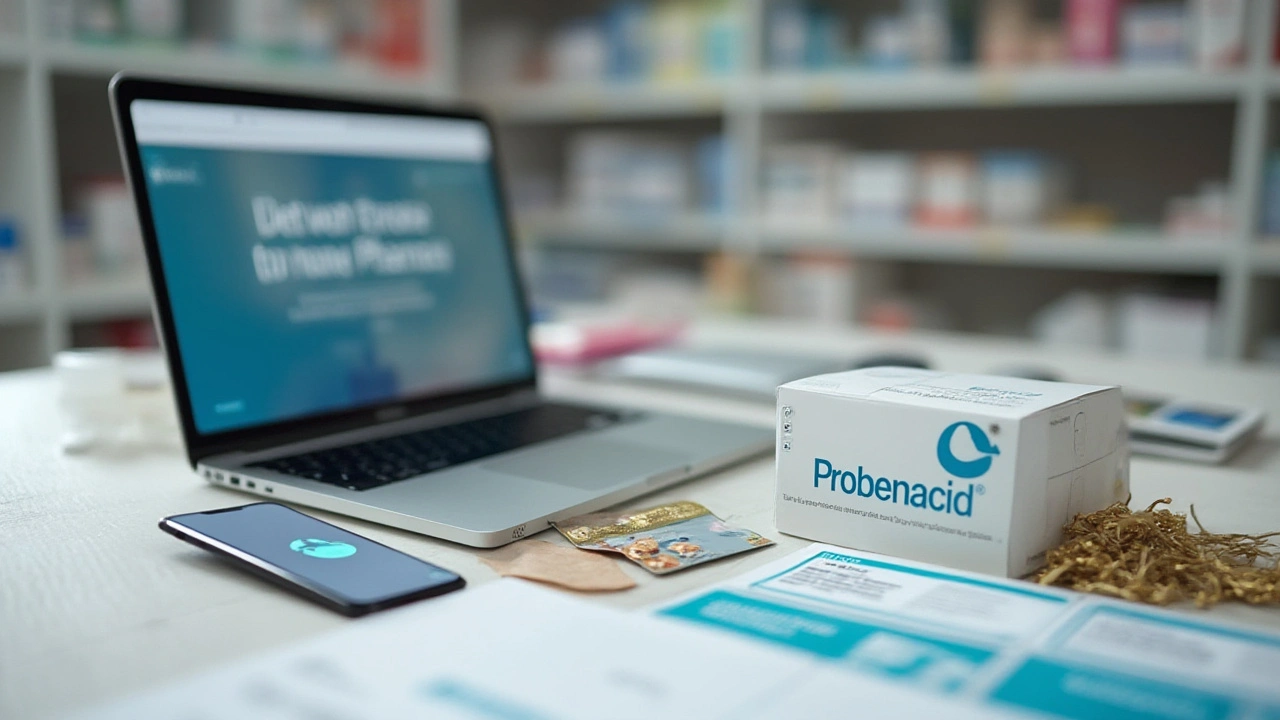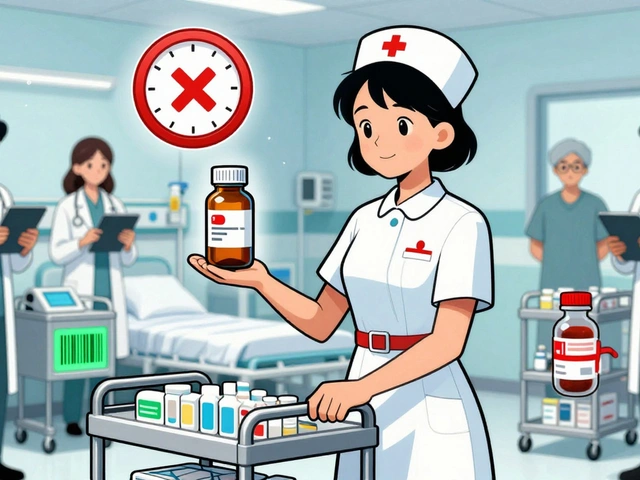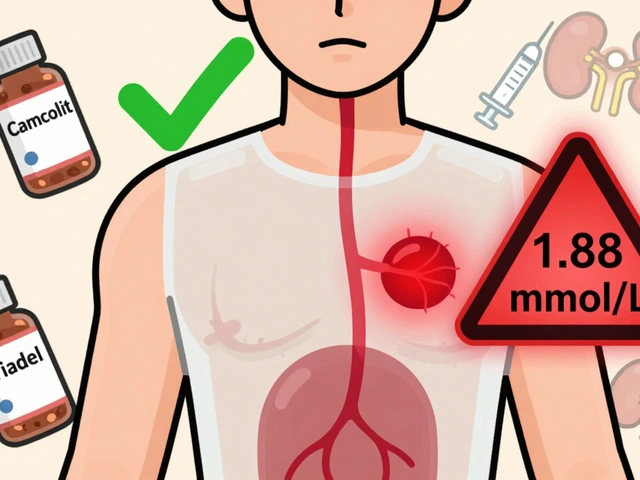Probenecid dosage: what to take, how to take it, and safety tips
Probenecid is a medicine doctors use to raise blood levels of some antibiotics or to help lower uric acid in gout. If you’re looking for straightforward dosing and safety basics, this page gives practical, no-nonsense guidance. Always follow your prescriber’s exact plan — here are the usual approaches and common precautions to discuss with your doctor.
Typical dosing for adults
For gout (maintenance) the common start is 250 mg twice daily for a few days, then increased to 500 mg twice daily as tolerated. Some people need up to 1–2 grams per day split into two doses, but higher doses raise the chance of side effects. For prolonging penicillin levels during infection, adults often use 500 mg every 6–12 hours depending on the antibiotic plan. Your prescriber will pick the right schedule based on your illness and other meds.
Children and special uses
Probenecid is sometimes used in kids to boost antibiotic levels. Pediatric dosing is weight-based and varies by purpose; doctors will calculate the correct mg/kg dose and schedule. Never give adult tablets to a child without clear medical instructions.
Kidney function matters. If you have reduced kidney function, probenecid may be less effective or unsafe. Tell your doctor about kidney disease, a history of kidney stones, or if you have bloody urine. In many situations your provider will check blood tests and urine before and during treatment.
How to take it: swallow tablets whole with a full glass of water. Taking probenecid with food can cut stomach upset. Drink plenty of fluids while on the drug to help prevent uric acid stones. If you miss a dose, take it as soon as you remember unless it’s near the next dose — don’t double up.
Watch out for drug interactions. Probenecid lowers the kidney clearance of many medicines, so it can raise their blood levels. It commonly interacts with penicillins and some cephalosporins (used intentionally to boost antibiotic levels). It can also affect other drugs cleared by the kidney and interacts with aspirin and other salicylates. Always give your provider a complete medicine list — prescription, over-the-counter, and herbal — before starting probenecid.
Common side effects are nausea, headache, and mild rash. Less common but serious problems include allergic reactions and kidney stones. If you develop rash, fever, sudden trouble breathing, severe abdominal or side pain, or changes in urine, stop the drug and contact your provider right away.
Final practical tips: keep appointments for blood and urine tests if ordered, avoid daily aspirin unless your doctor approves, and store tablets at room temperature away from moisture. If you’re unsure about a dose or interaction, call your pharmacist or prescriber — quick questions can prevent big problems.

Buy Probenecid Online: Safe Ways, Trusted Sources & What to Watch For
Get the real scoop on how to buy Probenecid online—where to get it safely, what to avoid, and how to make sure you’re not getting scammed.
View More




